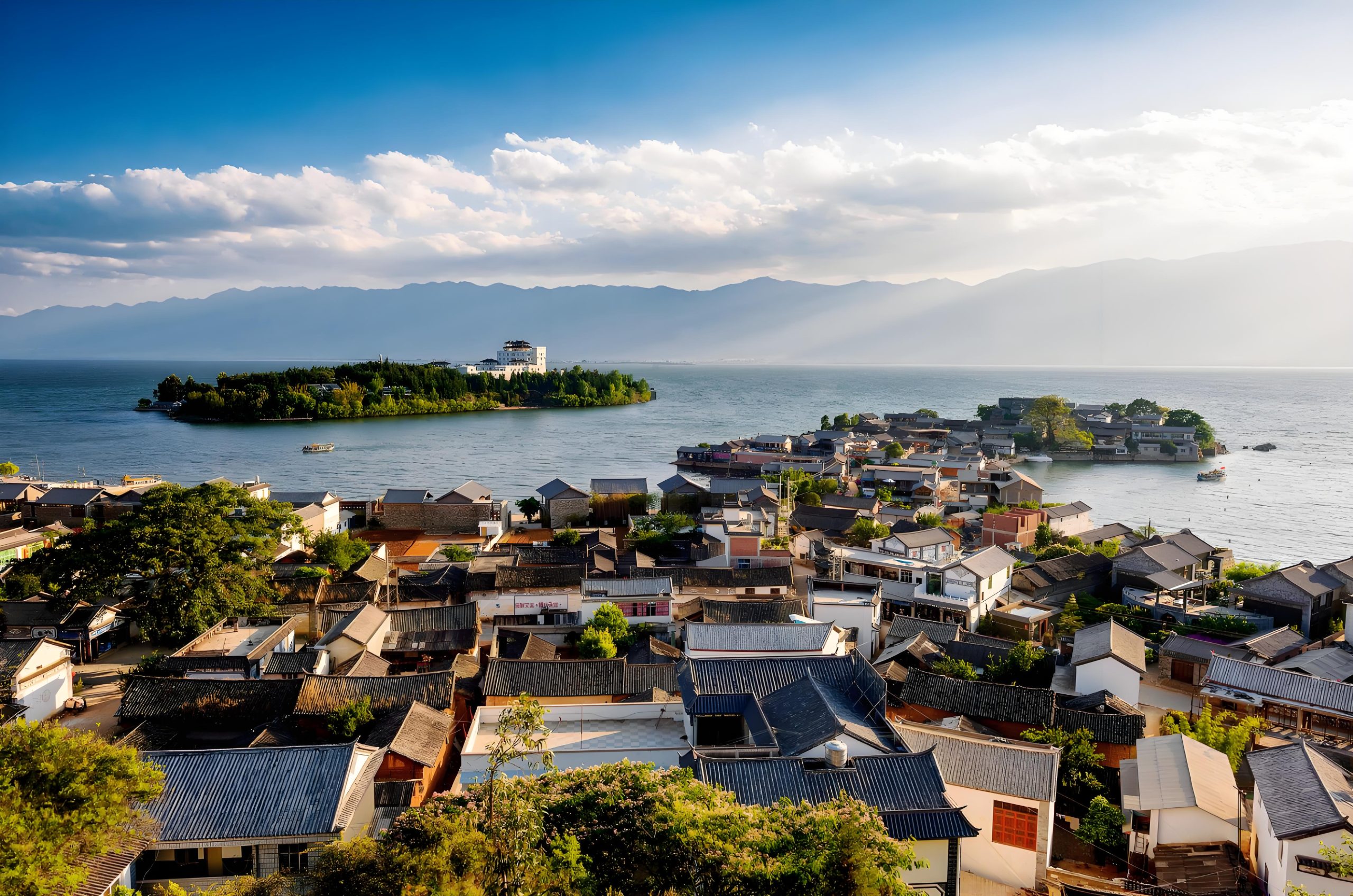
Dali, nestled between the Cangshan Mountains and Erhai Lake in northwestern Yunnan, stands as one of China’s most enchanting cities. With its mild highland climate, Dali promises a pleasant escape any time of year. Yet, certain seasons bring out its true magic, revealing lush blooms, golden fields, and snow-dusted peaks.
When Is the Best Time to Visit Dali?
The most ideal times to explore Dali are during spring (March to May) and autumn (September to November). In these shoulder seasons, the weather is warm, dry, and sunny—perfect for soaking in nature’s vibrancy and enjoying outdoor adventures.
Summer (June to August) is another popular period, offering a refreshing alternative to the heat in other parts of China. Even in winter (December to February), Dali remains inviting with crisp air, clear skies, and fewer crowds, along with lower travel costs.
Dali Weather & Climate Overview
Dali experiences a subtropical highland climate, characterized by mild temperatures year-round. Average annual highs range between 50°F and 72°F (10°C to 22°C).
Winters are cool but not severe, with average lows around 5°C (41°F). Summers bring moderate warmth and more rain, with highs around 24°C (75°F). Dali receives abundant sunshine—over 2,300 hours annually—making it a haven for outdoor lovers.
The rainy season usually extends from June to September, peaking in July and August with up to 200 mm (7.9 inches) of rain per month. The rest of the year is relatively dry, ideal for exploring Dali’s ancient town, surrounding villages, and majestic mountain landscapes.
Spring in Dali (March – May): Blossoms & Ethnic Festivals
Spring is often regarded as the most beautiful season in Dali. Average temperatures range from 13°C to 20°C (55°F to 68°F), and the region transforms into a floral paradise. Cherry blossoms, rhododendrons, camellias, roses, and vibrant rapeseed fields blanket the area.
During this time, visitors can immerse themselves in Bai ethnic traditions, particularly during the March Fair, a lively 15-day festival filled with local crafts, folk dances, and colorful markets.
Top places to enjoy spring blossoms:
- Dali Ancient City: Streets lined with cherry trees create a fairytale-like atmosphere.
- Erhai Park: Dali’s largest park, a favorite for flower viewing.
- Cangshan Mountain: Home to rhododendrons and camellias blooming along the trails.
- Xizhou Ancient Town: Famous for golden rapeseed fields and distant snow-capped mountain views.
Packing tips: Pack layers for fluctuating temperatures, including light jackets and sweaters for cool mornings and evenings.
Summer in Dali (June – August): Mountain Breezes & Green Landscapes
With highs around 24°C (75°F), summer in Dali feels pleasantly mild compared to much of China. This is also the wettest period, especially in July and August, when rain nourishes the verdant valleys and fields.
Summer is ideal for visiting Cangshan Mountain, where misty peaks and emerald trails await. Strolling through Dali Ancient City or cycling along Erhai Lake are equally enchanting, even if occasional showers interrupt your plans.
Packing tips: Bring breathable, quick-drying clothing, a rain jacket, hat, sunglasses, and sunscreen to protect against intense UV rays at higher altitudes.
Autumn in Dali (September – November): Golden Fields & Crisp Air
Autumn offers some of the clearest skies and most comfortable temperatures, averaging between 13°C (55°F) and 18°C (64°F). Rainfall subsides, leaving bright days and cool nights.
This is the season for outdoor exploration: hike Cangshan’s trails, cycle around Erhai Lake’s scenic eco-corridor, or wander through Xizhou’s wheat fields and golden rice paddies. Ginkgo trees along Dali’s old streets create a golden tapestry underfoot—an unforgettable sight.
Packing tips: Light layers and a warmer jacket for the evenings, along with sun protection for high-altitude exposure.
Winter in Dali (December – February): Quiet Charm & Snowy Peaks
Winter temperatures range from 8°C to 15°C (46°F to 59°F). The region remains mostly dry and sunny, and on Cangshan’s upper slopes, lucky visitors may witness the striking “Cangshan Snow” phenomenon.
Winter is also seagull season at Erhai Lake, offering a serene birdwatching experience. After a day outdoors, unwinding in local hot springs is a perfect way to embrace Dali’s laid-back rhythm.
Packing tips: Pack warm coats and thermal layers, but also sunglasses and sunscreen—the winter sun is strong at high elevations.
Crowds & Costs
Major Chinese holidays (Labor Day in May, National Day in October, and Spring Festival) see spikes in visitors and accommodation prices. Traveling outside these peak periods ensures a more tranquil experience and better value.
Monthly Temperature & Rainfall in Dali
| Month | Average High | Average Low |
|---|---|---|
| January | 15°C (59°F) | 5°C (41°F) |
| February | 17°C (63°F) | 7°C (45°F) |
| March | 19°C (66°F) | 9°C (48°F) |
| April | 21°C (70°F) | 12°C (54°F) |
| May | 23°C (73°F) | 15°C (59°F) |
| June | 24°C (75°F) | 17°C (63°F) |
| July | 24°C (75°F) | 18°C (64°F) |
| August | 24°C (75°F) | 18°C (64°F) |
| September | 23°C (73°F) | 16°C (61°F) |
| October | 21°C (70°F) | 13°C (55°F) |
| November | 18°C (64°F) | 9°C (48°F) |
| December | 15°C (59°F) | 5°C (41°F) |
Explore Dali with LuxTourCN
Whether you’re seeking floral wonderlands, crisp mountain adventures, or tranquil winter lakesides, Dali offers it all. Traveling with LuxTourCN ensures you uncover the city’s authentic beauty, from local village festivals to hidden hiking trails—crafted with care and cultural depth.
Read More
Dali Weather & Seasons: When to Go, What to Expect, and How to Plan Your Trip
Dali 2025 Travel Tips: Best Time to Visit, Climate Guide & Seasonal Highlights
Best Time to Visit Dali: Dali Weather, Climate & Travel Tips (2025)


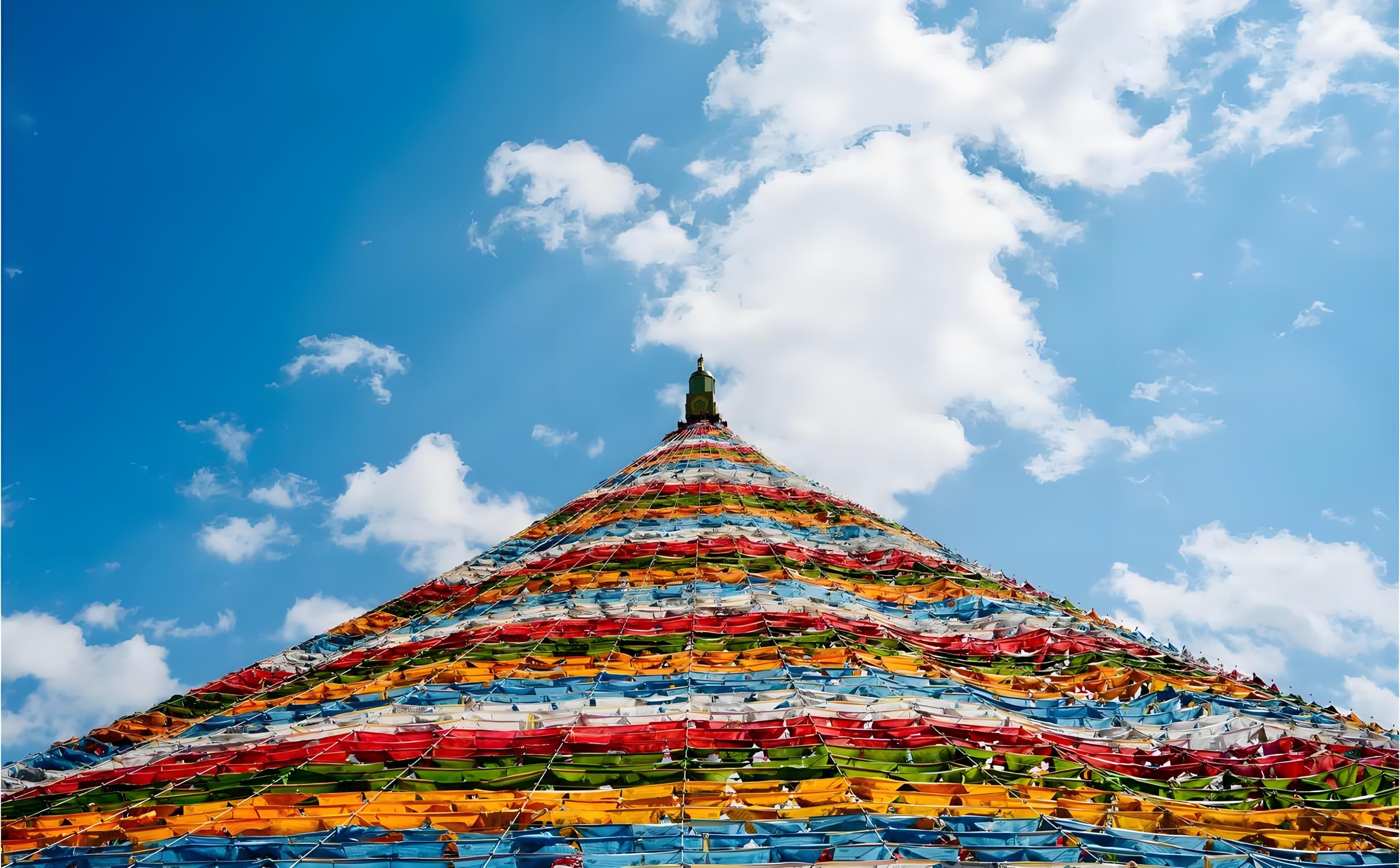
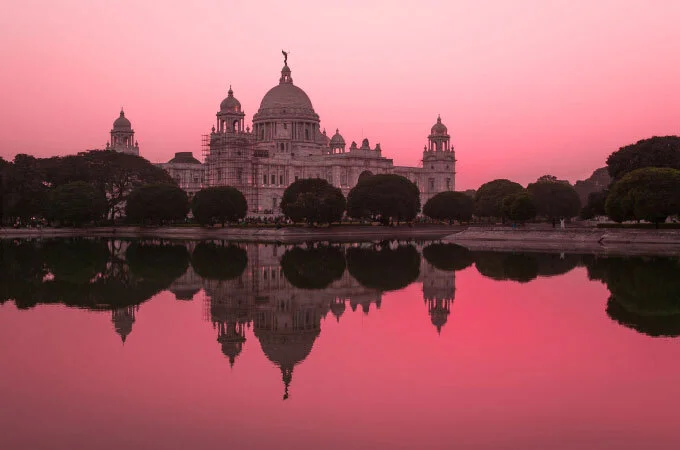
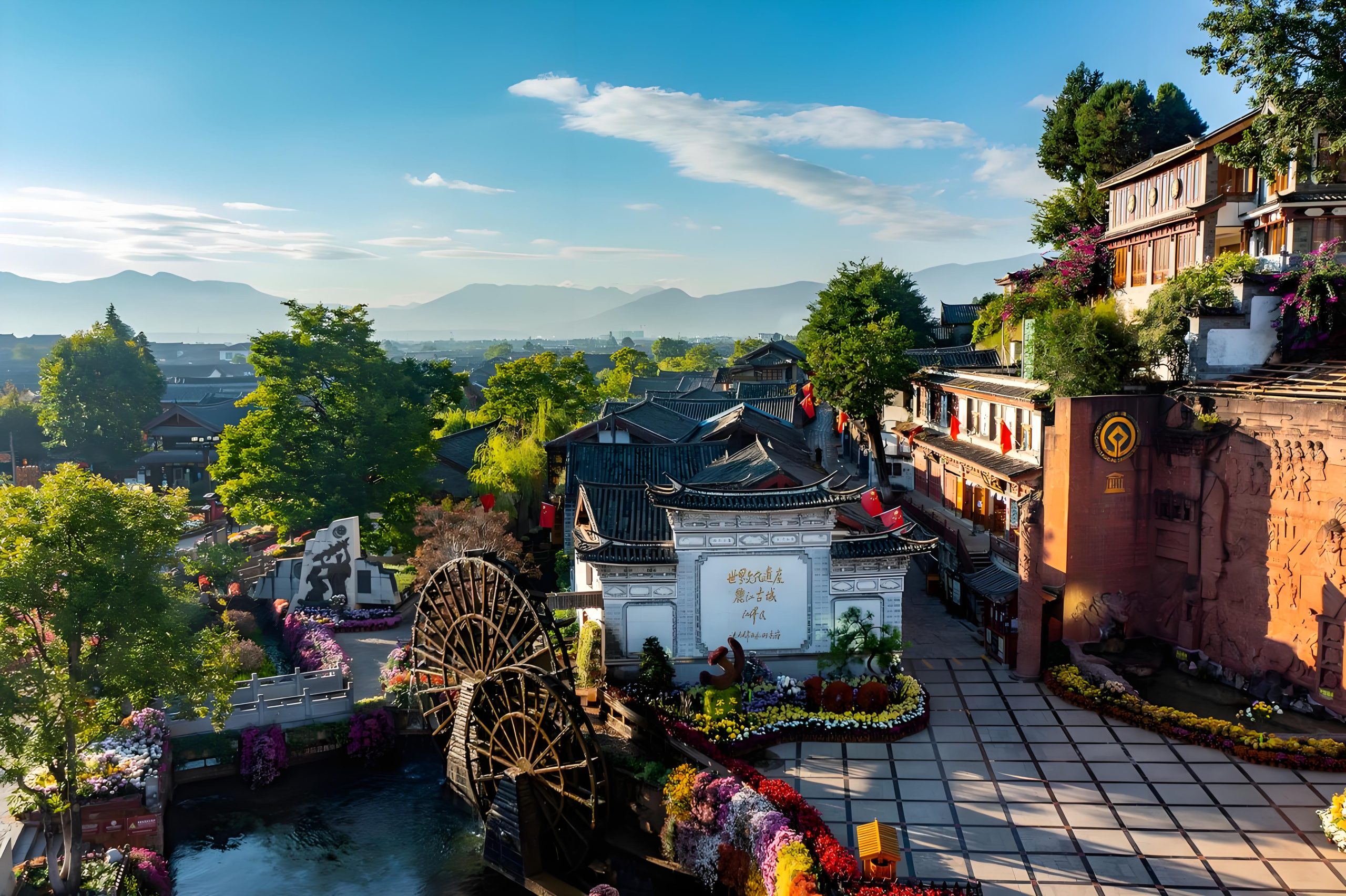
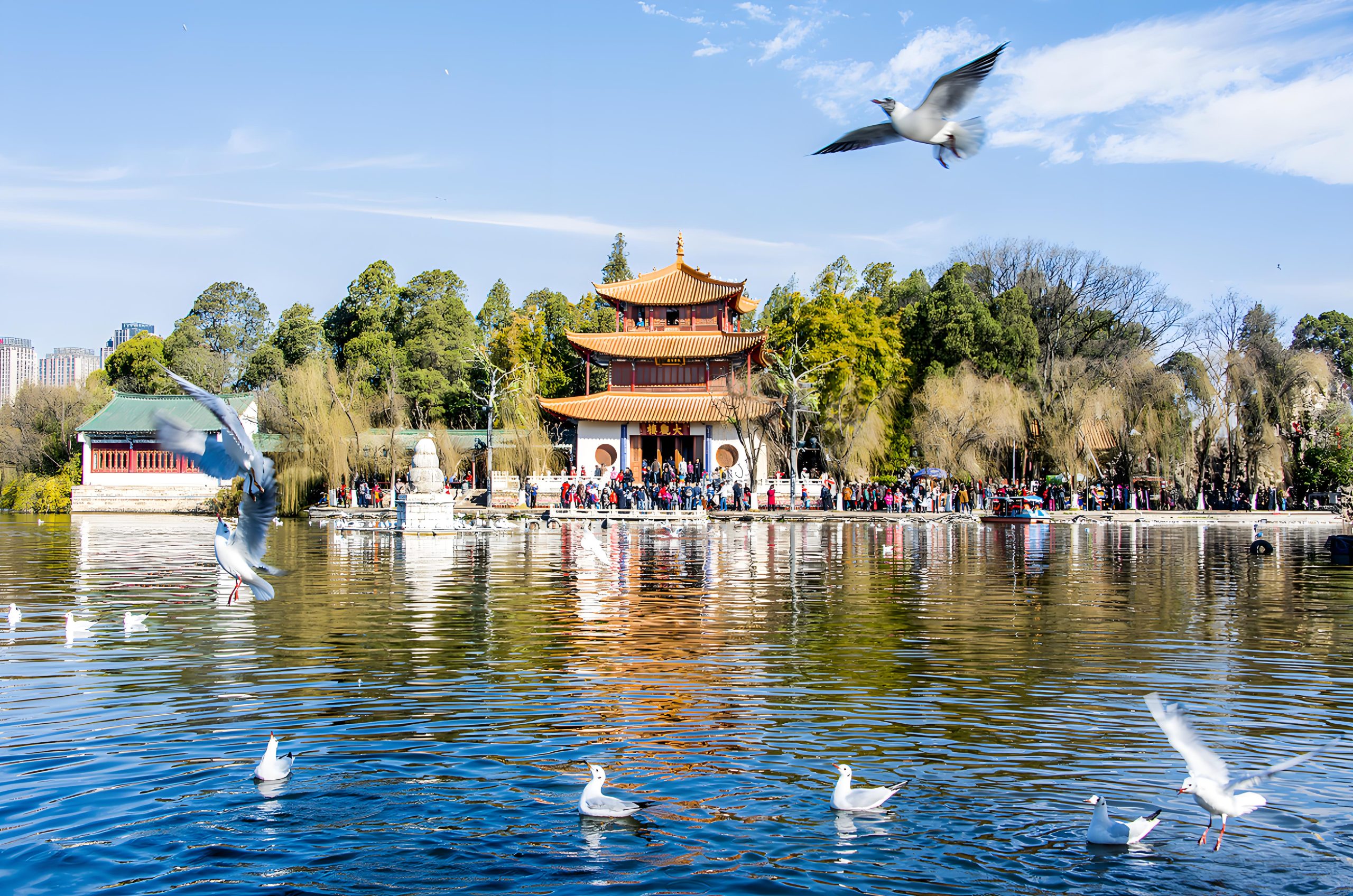

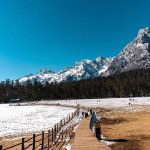
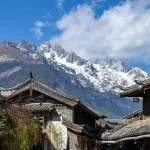


Comment 01
Dali Ancient City | Dali Old Town in Yunnan (Ultimate 2025 Guide) - LuxtourCN/ChinaTour/ChinaTravelAgency,
07 7 月, 2025[…] Best Time to Visit Dali 2025: Weather by Season, Climate Guide & Local Travel Tips […]